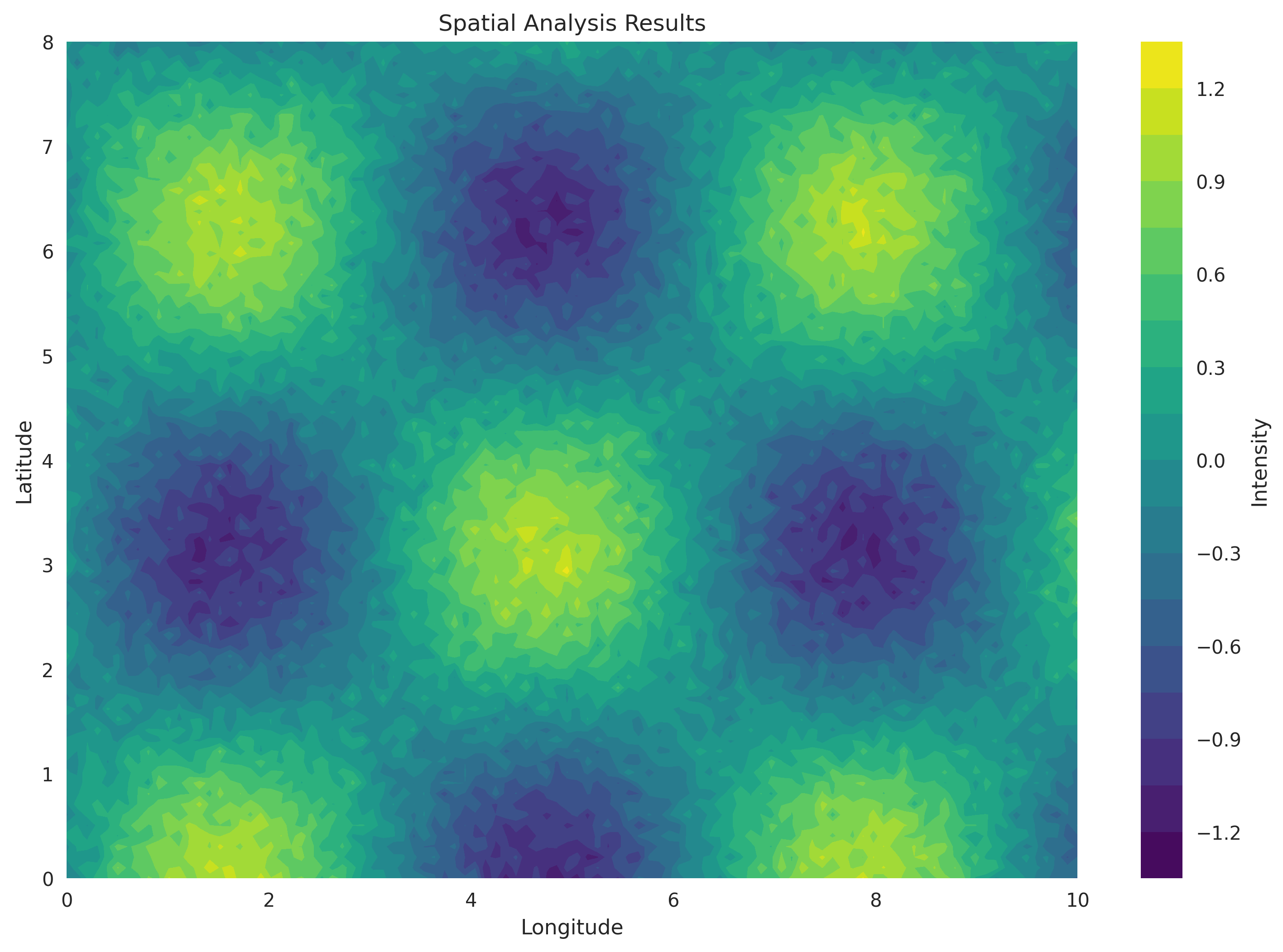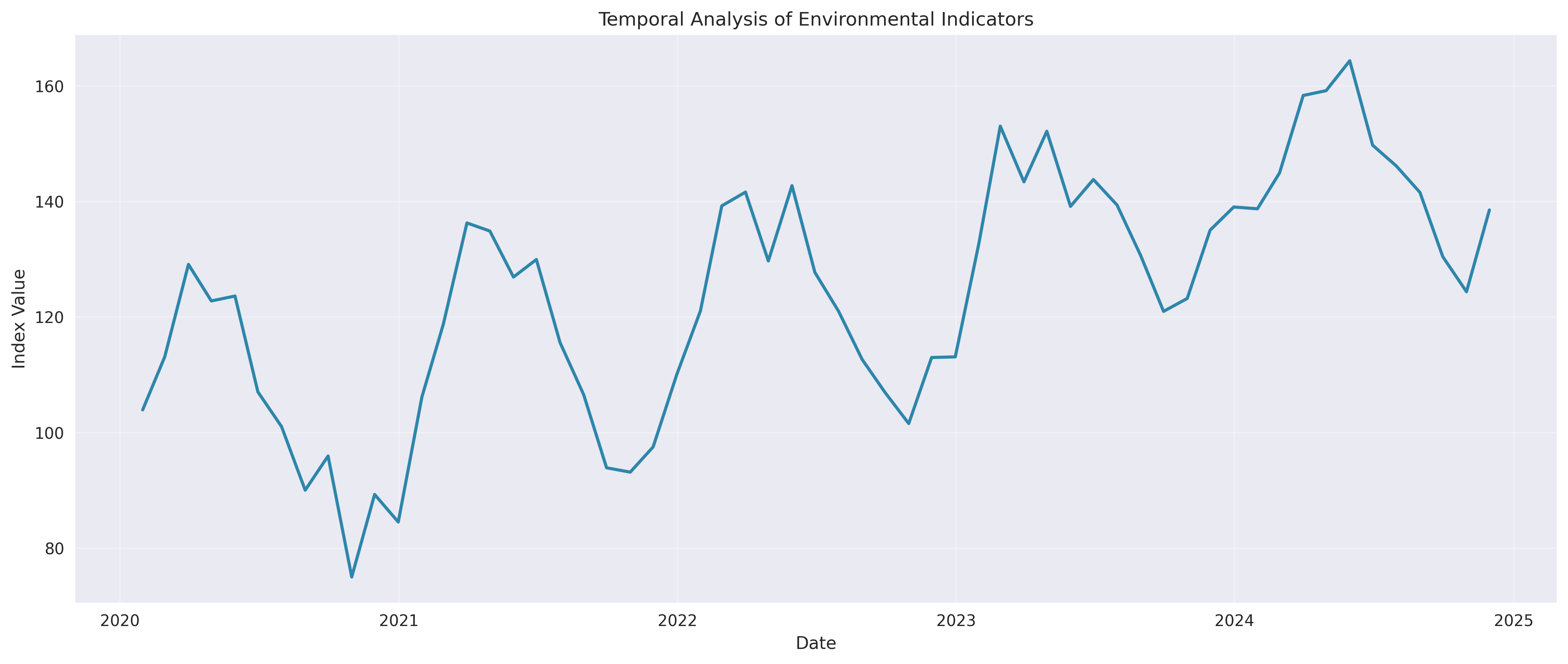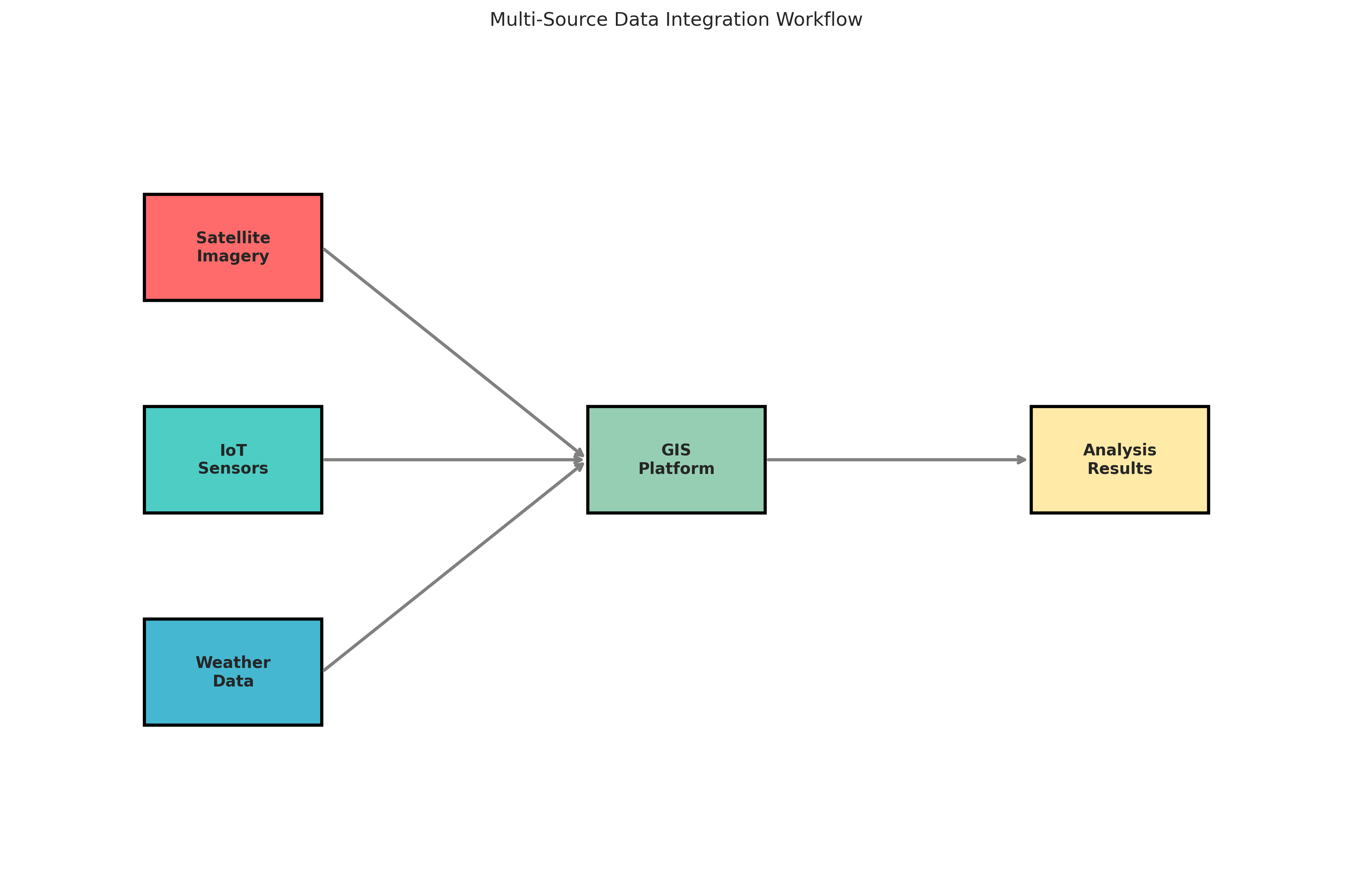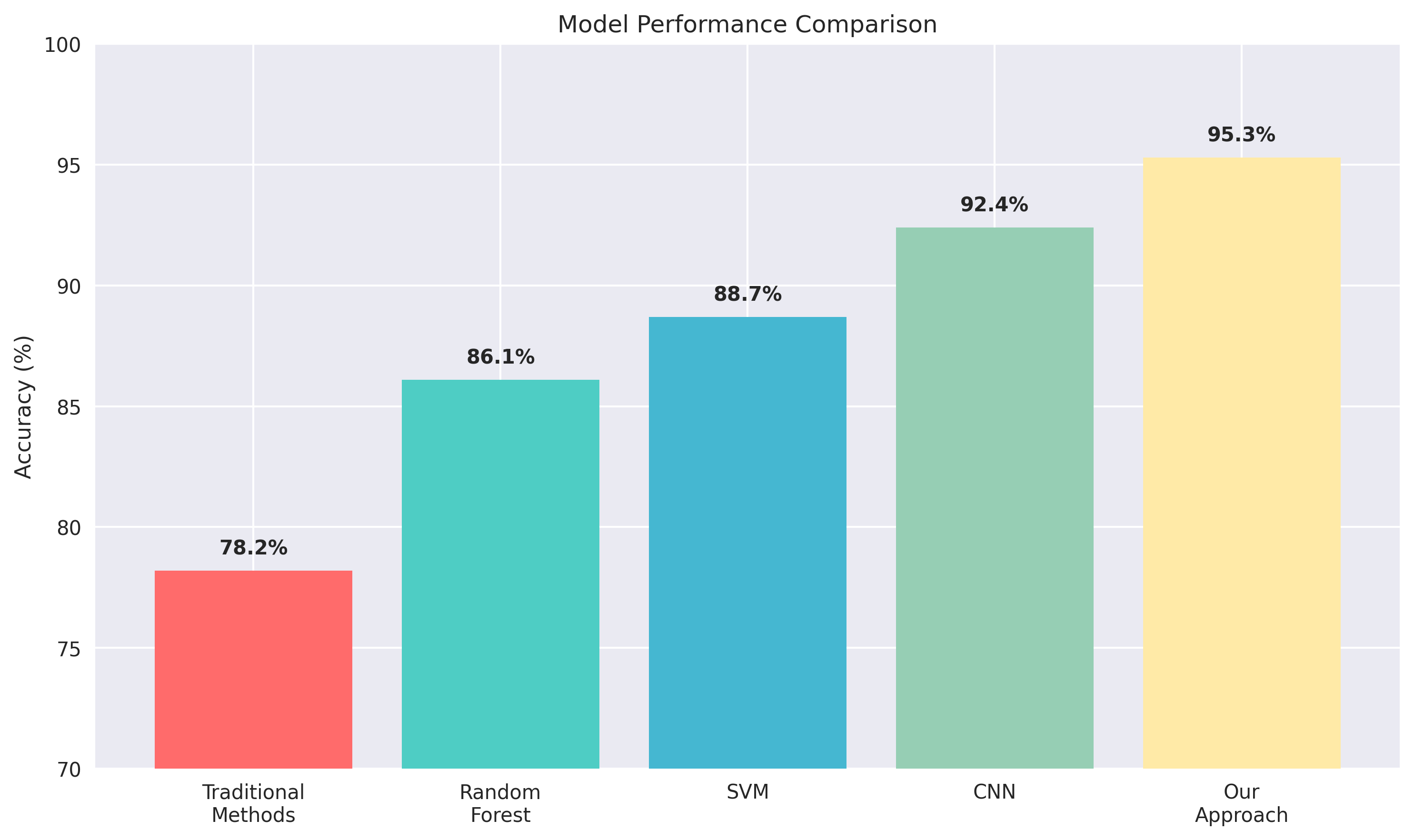Analysing Urban traffic patterns with machine learning

Urban traffic patterns analysis has become increasingly critical as cities worldwide face unprecedented growth and environmental challenges. Modern Geographic Information Systems provide powerful tools for understanding and managing these complex urban phenomena.
The Power of Spatial Analysis
machine learning techniques have revolutionized how we approach urban traffic patterns analysis. By combining satellite imagery, sensor networks, and machine learning algorithms, researchers can now identify patterns and predict trends with remarkable accuracy.

The integration of real-time data streams from IoT sensors, weather stations, and mobile devices creates comprehensive datasets that enable precise monitoring and analysis.
Practical Applications
Urban planners and environmental managers leverage these advanced techniques for:
- Real-time monitoring of traffic patterns across metropolitan areas
- Predictive modeling for future urban development scenarios
- Policy impact assessment through spatial-temporal analysis
- Resource optimization based on data-driven insights

Cities like Barcelona, Singapore, and Amsterdam have successfully implemented these methodologies to create more sustainable and livable urban environments.
Technology Integration
Modern platforms integrate multiple data sources including high-resolution satellite imagery, LiDAR point clouds, demographic data, and environmental sensors. This multi-modal approach enables comprehensive analysis that captures the complex interactions between urban systems.

Machine learning pipelines automatically process these diverse datasets, identifying correlations and patterns that would be impossible to detect through traditional analysis methods.
The future of urban traffic patterns analysis lies in the continued integration of emerging technologies, creating smarter, more responsive cities that can adapt to changing environmental and social conditions.

These advances in geospatial technology continue to push the boundaries of what’s possible in urban science and planning.
📧 Contact & Collaboration
Have questions about this analysis or interested in collaborating on geospatial projects? We’d love to hear from you!
Get in touch with our research team: - Email: mapcrafty@gmail.com - Subject line: “Inquiry about Analysing Urban traffic patterns with machine learning”
Whether you’re working on similar research, need technical consultation, or want to discuss potential collaborations in geospatial analysis, don’t hesitate to reach out. Our team is always excited to connect with fellow researchers and practitioners in the GIS and remote sensing community.
We typically respond within 24-48 hours and welcome discussions about methodology, data sources, and potential research partnerships.